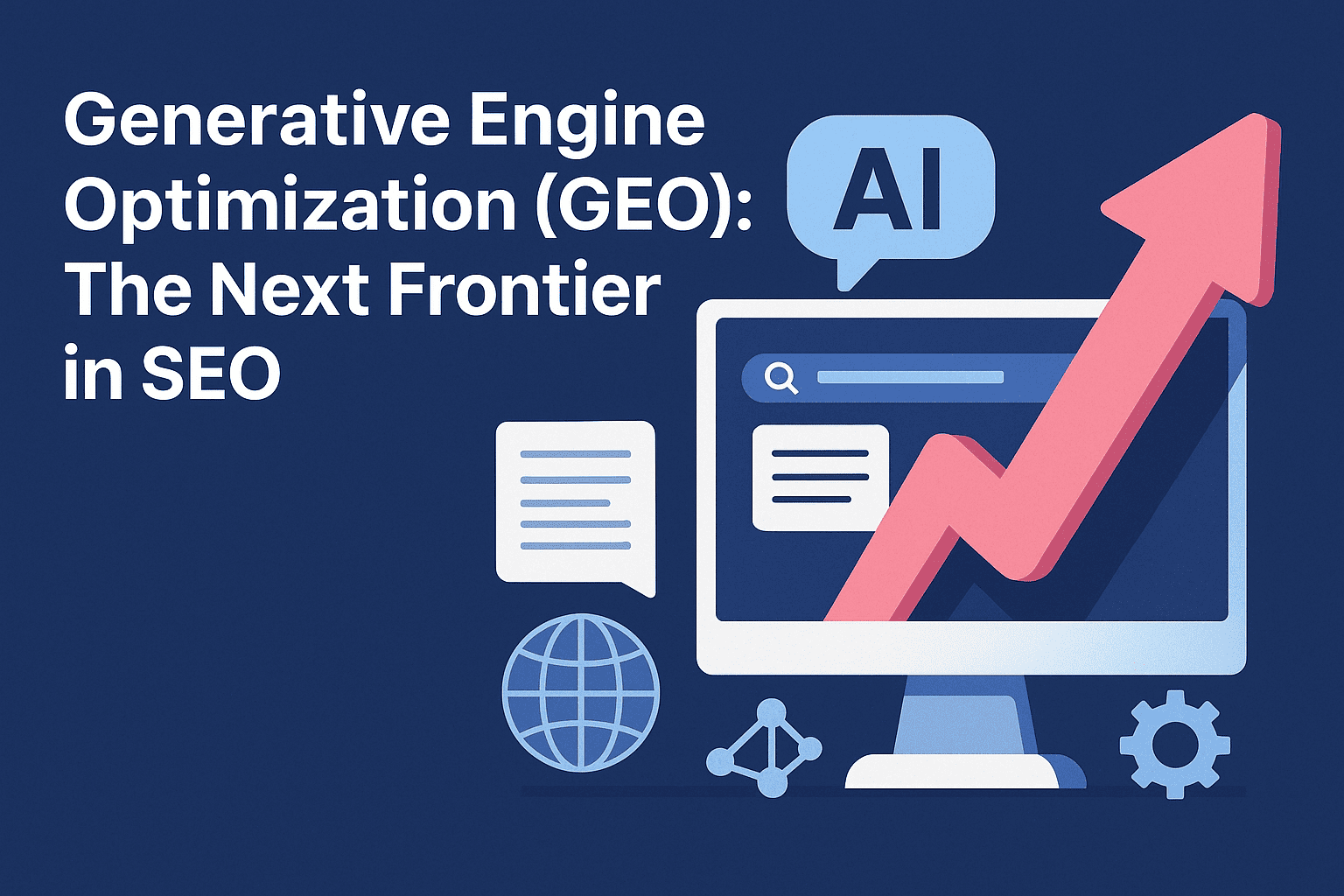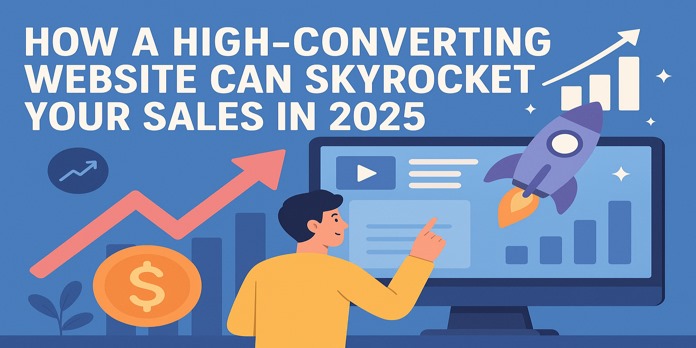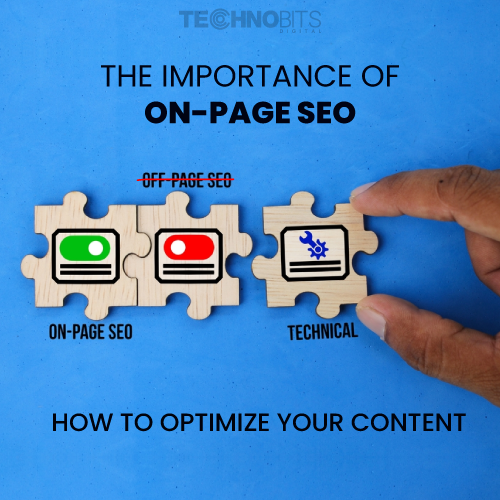Blog Detail
The 4 Most Important Key Search Engine Marketing Strategies for 2024.
Search Engine Marketing Strategies for 2024
May 17 2024

Digital marketing plays a big role these days. When it comes to optimising company strategy, all of the various areas of knowledge in this industry are taken into account. SEM, or search engine marketing, is one such subdomain. Marketers should be aware of the various search engine marketing (SEM) tactics to maximise this domain and raise a company's online presence.
Pay-per-click (PPC) advertising is used by small and medium-sized enterprises, according to a recent survey. This emphasises its significance and how it may help emerging businesses. In this section, we'll break down the complex tactics leading to online success. We'll walk you through creating eye-catching advertisements, figuring out the intricacies of keyword research, and realising how important each component is to maximising an organisation's online presence. This PPC, SEO, ad campaign and keyword research strategy offer a clear road map for companies looking to dominate the cutthroat online market.
What are the Different Types of SEM Available?
Search engine marketing (SEM) is a valuable resource that provides a wide range of tactics to enhance their online presence. Among the several varieties of search engine marketing are:
1. Search engine optimisation (SEO): The systematic optimisation of your website's content and structure via the search engine optimisation technique helps it progressively rise in the search engine results for pertinent keywords. Additionally, you should consider long-term strategy, well-written content, and high-quality backlinks when utilising SEO.
2. Pay-Per-Click (PPC): With the PPC advertising approach, you can bid on keywords and reserve premium ad space on search engine results pages. This approach targets highly intent visitors with instant effect, and you only pay when consumers click on your advertisement.
3. Local Search Marketing: Optimising for localised searches in local search marketing is one way to take control of your local market. Consider, for instance, localised keyword targeting, Google My Business listings, and targeting customers in your area.
4. Display Advertising: Display advertising draws attention to websites and applications through visually arresting banners and pictures. This covers initiatives to raise brand awareness, eye-catching graphics, and thoughtful targeting.
With focused PPC advertising and SEO, organic development can be achieved quickly. Display advertising can raise brand awareness across a larger neighbourhood, and local search marketing can dominate a particular neighbourhood. Nevertheless, it's important to realise that adaptability and flexibility are essential given the state of search engines.
How Can PPC Marketing Help My Business?
PPC advertising generates targeted traffic, leads, and business growth, making it an effective toolkit for companies of all sizes. Here is a closer look at a few of the main advantages:
1. PPC advertisements can rapidly place your website at the top of SERP, reaching highly relevant visitors actively looking for products or services. Unlike Search Engine Optimization, which takes time to show results, PPC advertisements can consequently result in speedier leads and a faster rise in website traffic.
2. PPC networks with detailed targeting options based on demographics, interests, location, and particular keywords include Google Ads and Microsoft Ads. This also guarantees that the proper people see your adverts, increasing your ad expenditure and reducing the number of impressions squandered.
3. PPC's powerful data and analytics features can monitor every click, impression, and conversion. Moreover, with our data-driven framework, you can continuously refine campaigns for improved performance and modify spending for the highest return on investment.
4. Complete control over PPC expenses, with the option to tailor weekly, monthly, or daily caps to your needs. Also, advertisers have the option to change bids for specific keywords and, if needed, stop campaigns. This offers significant flexibility and risk reduction compared to other marketing platforms.
5. Being at the top of search results for a brand increases brand awareness and recognition even if no one clicks on the advertisement right away. When users get familiar with the company and its offers, this may result in organic clicks and conversions in the future.
6. PPC advertising is a useful addition to organic SEO campaigns. While PPC can bridge the gaps with focused efforts for high-intent keywords, SEO is still effective for long-term visibility. Ultimately, this combination strategy can significantly increase lead creation and total traffic.
What Constitutes a Successful SEO Strategy's Essential Components?
The following five components are necessary for any effective SEO strategy:
A large project's road plan is being created by the digital marketing department team and written on a whiteboard.
1. Keyword Research: Do in-depth keyword research to find and target terms pertinent to your organisation. Because it matches material with user intent, this is significant.
2. On-Page Optimization: Optimize headers, content, and meta tags for specific keywords to improve search engine relevance and visibility.
3. Quality Content: Create useful material that satisfies users' needs. Additionally, high-quality content boosts engagement and natural traffic.
4. Link Building: To give your website authority and credibility, build high-quality backlinks from reliable sources. Noting that this is an important component of search engine marketing is also vital.
5. Technical SEO: Verify if the company's website is quick, responsive, and has a clear layout. Comply with search engine guidelines to improve rankings and the user experience.
How Can Search Engine and Social Media Marketing Be Combined?
SEM and social media marketing can be combined in some ways:
1. Cross-promotion of Content: Use social media channels to provide SEO-optimized material to encourage natural sharing and build backlinks, strengthening SEO efforts.
2. Utilize Social Signals: Promote social media engagement (likes, shares), as these add points to search engine rankings. This fills the void between social media and other forms of search engine marketing.
3. Paid Social Media Promotion and SEM Planning: Use focused social media ad campaigns that correspond with particular keywords to improve SEM campaigns and achieve a unified online strategy.
4. Use Hashtags Properly: Add pertinent hashtags to your social media posts to increase their discoverability. This will complement keyword tactics in search engine marketing.
5. Content Distribution Synergy: Last but not least, social media should be successfully included in content distribution strategies to increase the visibility and interaction of SEO-optimised content.
What Part in Increasing Organic Traffic Does Content Marketing Play?
1. SEO Alignment: SEO and strategically optimised content go hand in hand. As a result, search engine ranks are raised, increasing organic visitors.
2. Keyword-Centric Approach: Targeted keywords might be included through content marketing. It supports various search engine marketing techniques and responds to particular user requests.
3. Inbound Link Generation: Natural backlinks are drawn to high-quality content, which helps establish domain authority and trust—two vital aspects of many forms of search engine marketing.
4. Engagement for Retention: Engaging content lowers bounce rates, improves user engagement, and communicates to search engines about its relevancy and calibre. It also has a favourable effect on organic rankings.
5. Social Media Amplification: Social signals are produced, and the reach is increased through shareable material on social media networks. It affects search engine algorithms and strengthens the link between various search engine marketing and content marketing forms.
Conclusion
Search engine marketing requires a deep comprehension to play the complex game of digital visibility. Every marketing strategy, from search engine optimisation (SEO) to pay-per-click (PPC) advertising, has a unique method for succeeding online.
TAGS
India +91 97265 89144, Dubai +971 544149632.
We truly care about our users and our product.






